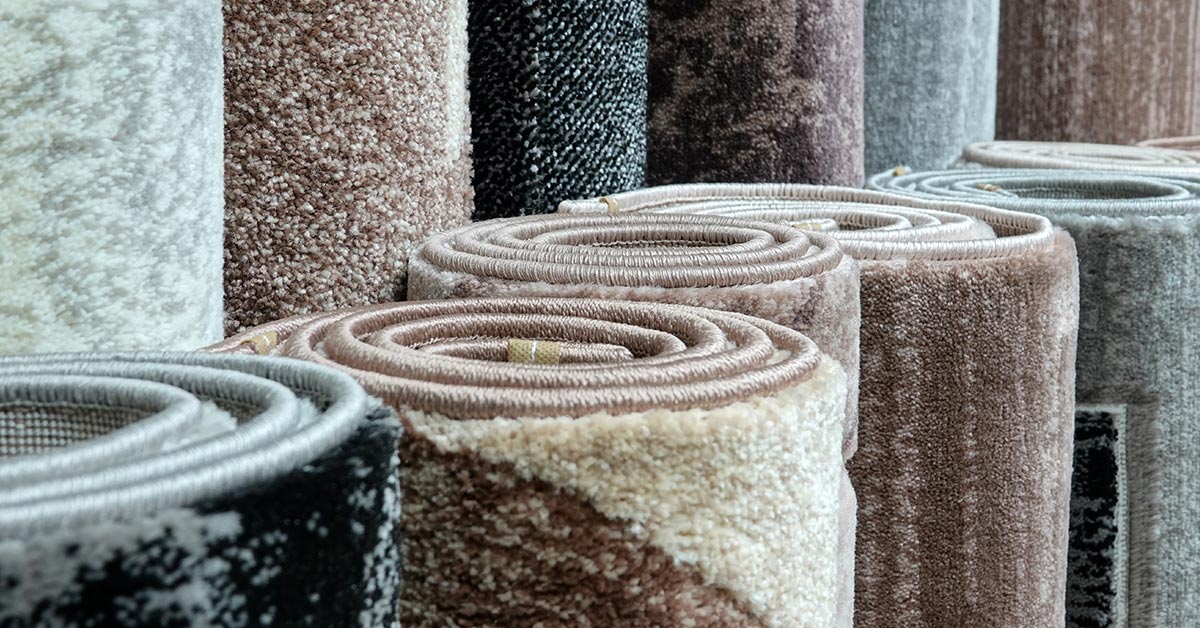

Articles
How To Store Area Rugs
Modified: October 19, 2024
Discover helpful articles on how to properly store your area rugs, ensuring their longevity and keeping them in top condition. Follow our easy tips and tricks for effective rug storage.
(Many of the links in this article redirect to a specific reviewed product. Your purchase of these products through affiliate links helps to generate commission for Storables.com, at no extra cost. Learn more)
Introduction
Welcome to the world of area rugs! These beautiful floor coverings add warmth, style, and comfort to any space. However, there may come a time when you need to store your area rugs. Whether you’re moving, renovating, or simply looking to declutter, proper storage is essential to ensure that your rugs remain in pristine condition.
In this article, we’ll guide you through the process of storing area rugs effectively. From selecting the right storage space to cleaning and preparing your rugs, we’ll cover all the necessary steps to ensure your rugs are protected during storage.
So, let’s dive in and discover the best practices for storing your cherished area rugs!
Key Takeaways:
- Proper storage of area rugs is crucial for maintaining their quality and longevity. From choosing the right storage space to cleaning and preparing the rugs, following best practices will protect them from damage and deterioration.
- Regular monitoring and maintenance of the storage area are essential to prevent potential issues such as moisture, pests, and damage. By taking proactive care, you can ensure your rugs remain in excellent condition throughout their time in storage.
Read more: What Are Area Rugs
Choosing the Right Storage Space
Before you start packing up your area rugs, it’s crucial to choose the right storage space. The ideal storage area should provide a clean, dry, and climate-controlled environment to prevent damage to your rugs. Here are a few factors to consider when selecting a storage space:
- Cleanliness: Ensure that the storage area is free from dust, dirt, and pests. Clean the space thoroughly before storing your rugs to avoid any potential damage.
- Dryness: Moisture can lead to mold and mildew growth, which can ruin your rugs. Select a storage area that is dry and well-ventilated to prevent any moisture-related issues.
- Climate-Controlled: Extreme temperatures and fluctuations can cause your rugs to shrink or warp. Opt for a storage space that has climate control to maintain a consistent temperature and humidity level.
- Security: Your rugs are valuable assets, so it’s vital to choose a storage area with adequate security measures. Look for a location with surveillance cameras, access control, and reliable locks.
- Accessibility: Consider how frequently you may need to access your rugs during storage. Choose a storage space that offers convenient access, allowing you to retrieve or inspect your rugs easily.
Once you have found the perfect storage space, measure the area to ensure that it can accommodate your rugs without excessive folding or bending. It’s important to give your rugs enough room to breathe and maintain their shape.
Remember, investing in a suitable storage space will go a long way in preserving the quality and longevity of your area rugs. Take the time to find the right environment, and your rugs will thank you for it!
Cleaning and Preparing the Area Rugs
Before storing your area rugs, it’s crucial to clean them thoroughly to remove any dirt, dust, or stains. Cleaning your rugs before storage will prevent these elements from settling and potentially causing permanent damage. Here’s how to properly clean and prepare your area rugs:
- Vacuum: Begin by vacuuming both sides of the rug to remove loose dirt and debris. Use a vacuum cleaner with a brush attachment or a handheld vacuum for delicate rugs.
- Spot Clean: If your rug has any visible stains or spills, it’s essential to spot clean them before storage. Use a mild carpet cleaner or a mixture of gentle detergent and water. Test the solution on a small, inconspicuous area first to ensure it doesn’t cause any discoloration or damage.
- Deep Clean: For heavily soiled rugs, a deep cleaning may be necessary. Consider hiring a professional rug cleaner who specializes in the particular type of rug you have. They have the expertise and equipment to effectively remove deep-set dirt and stains without causing harm to the rug fibers.
- Dry Completely: After cleaning, allow your rugs to dry completely before storing them. Excess moisture can lead to mold or mildew growth. Hang the rugs outdoors in a shaded area or use fans to expedite the drying process.
- Address Odors: If your rugs have any lingering odors, sprinkle them with baking soda and let it sit for a few hours before vacuuming. This will help absorb any unwanted smells and leave your rugs fresh and odor-free.
- Address Pet Hair: If you have pets, use a lint roller or a pet hair brush to remove any pet hair from the rugs. This will prevent the hair from embedding into the fibers during storage.
Once your rugs are clean and dry, it’s time to prepare them for storage. Roll them tightly, pile side inwards, with the help of a rug tube or sturdy cardboard tube. Avoid folding the rugs as this can cause creases and damage to the fibers. Wrapping the rugs will provide an extra layer of protection against dust and pests.
By cleaning and preparing your area rugs properly, you’re ensuring that they remain in excellent condition while in storage. Taking these steps will help preserve their beauty and extend their lifespan.
Rolling vs. Folding
When it comes to storing your area rugs, the method you choose can greatly impact their condition. The two primary options for storing rugs are rolling and folding. Let’s explore the pros and cons of each method:
Rolling:
Rolling your rugs is generally the preferred method as it helps maintain the shape and integrity of the rug fibers. To roll your rug properly, follow these steps:
- Start by vacuuming the rug to remove any loose dirt or debris.
- Clear a clean and spacious area where you can roll the rug without any obstructions.
- Position the rug with the pile side facing inwards.
- Roll the rug tightly, starting from one end to the other.
- Secure the rolled rug with a sturdy rope or straps to keep it in place.
Rolling rugs reduces the risk of creases or fold lines, which can cause permanent damage to the fibers and affect the appearance of the rug. It also allows for easier storage, as rolled rugs can be stacked or stored upright.
Folding:
Folding your rugs may be a viable option if you have limited storage space or if the rug is too large to roll effectively. However, folding rugs comes with some potential risks:
- Creases: Folding rugs can lead to creases, especially if they aren’t properly padded or protected. Creased rugs may be difficult to flatten and can result in permanent damage.
- Wear and Tear: Repeated folding and unfolding can cause wear and tear on the rug fibers and backing. Over time, this can weaken the rug’s structure and lead to fraying or unraveling.
- Space Requirements: Folded rugs require more storage space and may be bulkier to handle compared to rolled rugs.
If you must fold your rug, take extra precautions to minimize any potential damage. Place acid-free tissue paper or a clean sheet between the folds to protect the rug from rubbing against itself. Additionally, avoid folding the rug along the same crease repeatedly.
Ultimately, rolling your rugs is the safer and more recommended method for storing area rugs. However, if folding is necessary, take the necessary precautions to protect the rug’s integrity.
Wrapping the Rugs
After you have rolled or folded your area rugs, the next step is to wrap them in a protective covering. Wrapping your rugs provides an extra layer of defense against dust, dirt, and potential damage. Here’s how to properly wrap your rugs for storage:
- Choose the Right Wrapping Material: Opt for a breathable and moisture-resistant material such as acid-free paper or polyethylene sheeting. These materials will help prevent the buildup of moisture and protect against mold or mildew growth.
- Measure and Cut: Lay out the wrapping material and measure it according to the size of your rug. Leave enough excess material on each side to completely cover the rug.
- Cover the Rug: Place the rug in the center of the wrapping material and fold the sides over the rug, ensuring it is completely covered. If you are wrapping a rolled rug, tuck the ends under the roll to secure it in place.
- Secure the Wrapping: Use tape or straps to secure the wrapping material. Be careful not to tape directly onto the rug, as it may leave sticky residue or cause damage to the fibers. Instead, tape the wrapping material together to keep it in place.
- Label the Wrapping: It’s a good idea to label the outside of the wrapping with the rug’s description or any other relevant information. This will make it easier to identify the rug when retrieving it from storage.
When wrapping multiple rugs, consider wrapping each rug individually to prevent them from rubbing against each other and potentially causing damage. You can then stack or store the wrapped rugs vertically to save space.
Remember, proper wrapping not only protects your rugs from dust and pests but also ensures their long-term preservation. By investing a little time and effort into wrapping your rugs correctly, you’ll provide them with a protective barrier while they’re in storage.
To store area rugs, roll them up instead of folding to prevent creases. Wrap them in acid-free paper or breathable fabric to protect from dust and moisture. Store in a cool, dry place to prevent mold and mildew.
Read more: How To Decorate With Area Rugs
Storing Area Rugs in a Basement or Attic
If you have a basement or attic in your home, it may seem like a convenient storage option for your area rugs. However, these areas can pose specific challenges when it comes to preserving the condition of your rugs. Here are some tips for storing area rugs in a basement or attic:
- Climate Control: Basements and attics are often subject to fluctuating temperatures and humidity levels. Consider installing a dehumidifier or a space heater with a thermostat to maintain a stable climate. Ideally, aim for a humidity level of around 50% to prevent mold and mildew growth.
- Elevate the Rugs: Place your rugs on pallets or shelves to keep them off the ground and away from potential moisture. This will also help improve air circulation and prevent any moisture from seeping into the rugs.
- Protect from Moisture: Utilize moisture-absorbing products like silica gel packets or moisture traps to safeguard against excess humidity. Periodically check and replace these products as needed.
- Shield from Light: Direct sunlight can cause fading and damage to the colors of your rugs. If your basement or attic has windows, consider covering them with curtains or using UV-blocking film to minimize exposure to sunlight.
- Create a Barrier: If you’re storing rugs directly on the floor, lay down a vapor barrier or plastic sheeting to protect them from potential moisture. Make sure the rugs are completely dry before placing them on the barrier.
- Organize with Care: Arrange your rugs in a way that allows for easy access and minimizes stacking or folding. Avoid placing heavy objects on top of the rugs, as this can cause deformation or permanent damage.
- Regular Inspection: Periodically check on your stored rugs to ensure they are still in good condition. Look out for signs of mold, pests, or any other issues that may require immediate attention.
While storing area rugs in a basement or attic can be convenient, it’s essential to take the necessary precautions to protect them against potential risks. With the right climate control and proper storage techniques, your rugs can remain in excellent condition until they’re ready to be used again.
Storing Area Rugs in a Garage or Shed
If you don’t have a basement or attic, storing your area rugs in a garage or shed can be a viable alternative. However, it’s important to consider a few factors to ensure that your rugs remain protected in these spaces. Here are some tips for storing area rugs in a garage or shed:
- Clean and Prepare: Before storing your rugs, make sure they are clean and dry. Remove any dirt, dust, or stains to prevent them from settling and causing permanent damage.
- Climate Considerations: Garages and sheds can be subjected to extreme temperatures and humidity levels. If possible, choose a storage area within the garage or shed that remains relatively stable in terms of temperature and humidity.
- Elevate the Rugs: Place your rugs on pallets, shelves, or raised surfaces to prevent them from coming into contact with the ground. This will help protect them from potential moisture, pests, and damage.
- Protect from Moisture: Utilize moisture-absorbing products such as moisture traps or desiccant packets to keep the rugs dry and prevent the growth of mold or mildew. These products should be periodically checked and replaced as needed.
- Shield from Dust and Dirt: Cover your rugs with breathable, protective covers or sheets to shield them from dust, dirt, and potential damage. Avoid using plastic covers, as they can trap moisture and lead to mold or mildew growth.
- Organize with Care: Avoid stacking or placing heavy objects on top of your rugs, as this can cause deformation or permanent damage. Opt for horizontal storage whenever possible to prevent unnecessary stress on the rugs.
- Monitor for Pests: Regularly inspect your storage area for signs of pests such as rodents or insects. Set traps or use appropriate deterrents to prevent any damage to your rugs.
- Minimize Exposure to Sunlight: If your garage or shed has windows or skylights, consider covering them with curtains or blinds to limit exposure to direct sunlight. Prolonged sun exposure can cause fading and deterioration of the rug’s colors.
- Periodic Inspection: Check on your stored rugs periodically to ensure they remain in good condition. Look out for any signs of pests, mold, or other issues that may require immediate attention.
By following these guidelines, you can store your area rugs in a garage or shed with confidence. With proper care and consideration, your rugs will stay protected until you’re ready to use them again.
Using Vacuum-Sealed Bags for Storage
One popular method of storing area rugs is utilizing vacuum-sealed bags. These airtight bags can help save space and provide an extra layer of protection against dust, moisture, and pests. Here’s how to effectively use vacuum-sealed bags for storing your rugs:
- Clean and Dry: Before placing your rugs in vacuum-sealed bags, ensure they are clean and completely dry. Any moisture or dirt left on the rugs can lead to mold, mildew, or stains during storage.
- Roll or Fold: Decide whether you will roll or fold your rugs based on their size and the available space in the vacuum-sealed bags. Remember to follow the appropriate guidelines for rolling or folding mentioned earlier in this article.
- Place in Bags: Carefully place your rolled or folded rugs into the vacuum-sealed bags. If possible, use a bag that is large enough to accommodate the full size of the rug without excessive compression.
- Remove Air: Use a vacuum cleaner or the specially designed vacuum nozzle provided with the bags to remove the air from the bag. Follow the instructions provided with the bags to ensure a tight seal.
- Seal Properly: Once the air has been removed, quickly seal the vacuum bag using the zipper closure or any other sealing mechanism provided. Ensure that the bag is completely sealed to maintain its airtightness.
- Monitor Compression: Take care not to over-compress your rugs in the vacuum-sealed bags, as this may cause deformation or damage to the fibers. Monitor the compression level during the sealing process to ensure the rug maintains its shape.
- Store in an Ideal Environment: After sealing the bags, store them in a clean, dry, and climate-controlled space like a basement or attic. The controlled environment will help further protect your rugs from moisture and temperature fluctuations.
- Regular Inspection: Periodically check on your stored rugs to ensure they remain in good condition. Monitor the vacuum-sealed bags for any signs of damage or air leakage. If you notice any issues, remove the rugs from the bags and reevaluate the storage method.
Using vacuum-sealed bags for storing area rugs can be a convenient and space-saving option. However, it’s important to remember that prolonged storage in vacuum-sealed bags may cause some temporary compression to the rugs. Allow the rugs to breathe and regain their shape once removed from the bags before placing them back on the floor.
By following these guidelines, you’ll be able to maximize space and protect your rugs from dust, moisture, and pests until you’re ready to use them again.
Monitoring and Maintaining the Rug Storage
Once you have stored your area rugs, it’s crucial to monitor and maintain the storage area to ensure the long-term preservation of your rugs. Regular monitoring and proper maintenance will help prevent any potential damage and extend the life of your rugs. Here are some essential tips for monitoring and maintaining your rug storage:
- Check for Moisture: Regularly inspect the storage area for any signs of moisture or water leakage. Address any water-related issues immediately to prevent mold, mildew, or rot from affecting your rugs.
- Inspect for Pest Activity: Keep an eye out for any signs of pests such as rodents, insects, or moths. Monitor for droppings, chewed fabric, or insect activity. Take necessary steps to eliminate pests and protect your rugs from damage.
- Ensure Air Circulation: Proper air circulation is crucial to prevent musty odors, mold, or mildew growth. Occasionally open windows or doors in the storage area to promote ventilation, or utilize fans or dehumidifiers to aid air circulation.
- Regular Cleaning: Even in storage, it’s important to periodically clean your rugs to remove any accumulated dust or dirt. Gently vacuum your rugs or use a soft brush to keep them fresh and well-maintained.
- Rotate your Rugs: If possible, periodically rotate the placement of your stored rugs to minimize any potential wear or fading in specific areas. This will help evenly distribute any exposure to light or other environmental factors.
- Inspect for Damage: Regularly examine your rugs for any signs of damage such as frayed edges, loose threads, or color fading. Promptly address any issues to prevent them from worsening and compromising the integrity of the rug.
- Address Storage Issues: If you notice any storage-related concerns, such as changes in temperature or humidity levels, address them promptly. Consider adjusting the storage conditions or moving the rugs to a more suitable environment if needed.
- Review Insurance Coverage: It’s wise to review your insurance coverage to ensure your rugs are adequately protected while in storage. Contact your insurance provider to check if your rugs are covered against potential damage or loss.
By regularly monitoring and maintaining your rug storage, you can catch any issues early and prevent long-term damage. Remember that proactive care and attention will keep your rugs in excellent condition throughout their time in storage.
Read more: How To Shop For Area Rugs
Conclusion
Properly storing your area rugs is essential to maintaining their quality and ensuring they remain in excellent condition for years to come. By following the guidelines and best practices outlined in this article, you can confidently store your rugs and protect them from potential damage and deterioration.
Choosing the right storage space that is clean, dry, and climate-controlled is the first step in safeguarding your rugs. Cleaning and preparing your rugs before storage helps to remove dirt, stains, and odors, preventing them from settling and causing permanent damage. Rolling or folding the rugs, with proper wrapping, provides an added layer of protection against dust and pests.
Whether you’re storing your rugs in a basement, attic, garage, shed, or utilizing vacuum-sealed bags, it’s important to monitor and maintain the storage area. Regularly inspect the rugs for any signs of moisture, pests, or damage, while ensuring proper air circulation and cleanliness.
Remember, your rugs are valuable investments, and proper storage practices will help maintain their beauty and prolong their lifespan. By dedicating time to store them correctly, you can enjoy their warmth, comfort, and style whenever you’re ready to bring them back into your space.
So, take the necessary steps to store your area rugs properly, and rest assured that they will be in great shape when it’s time to use them again!
Frequently Asked Questions about How To Store Area Rugs
Was this page helpful?
At Storables.com, we guarantee accurate and reliable information. Our content, validated by Expert Board Contributors, is crafted following stringent Editorial Policies. We're committed to providing you with well-researched, expert-backed insights for all your informational needs.
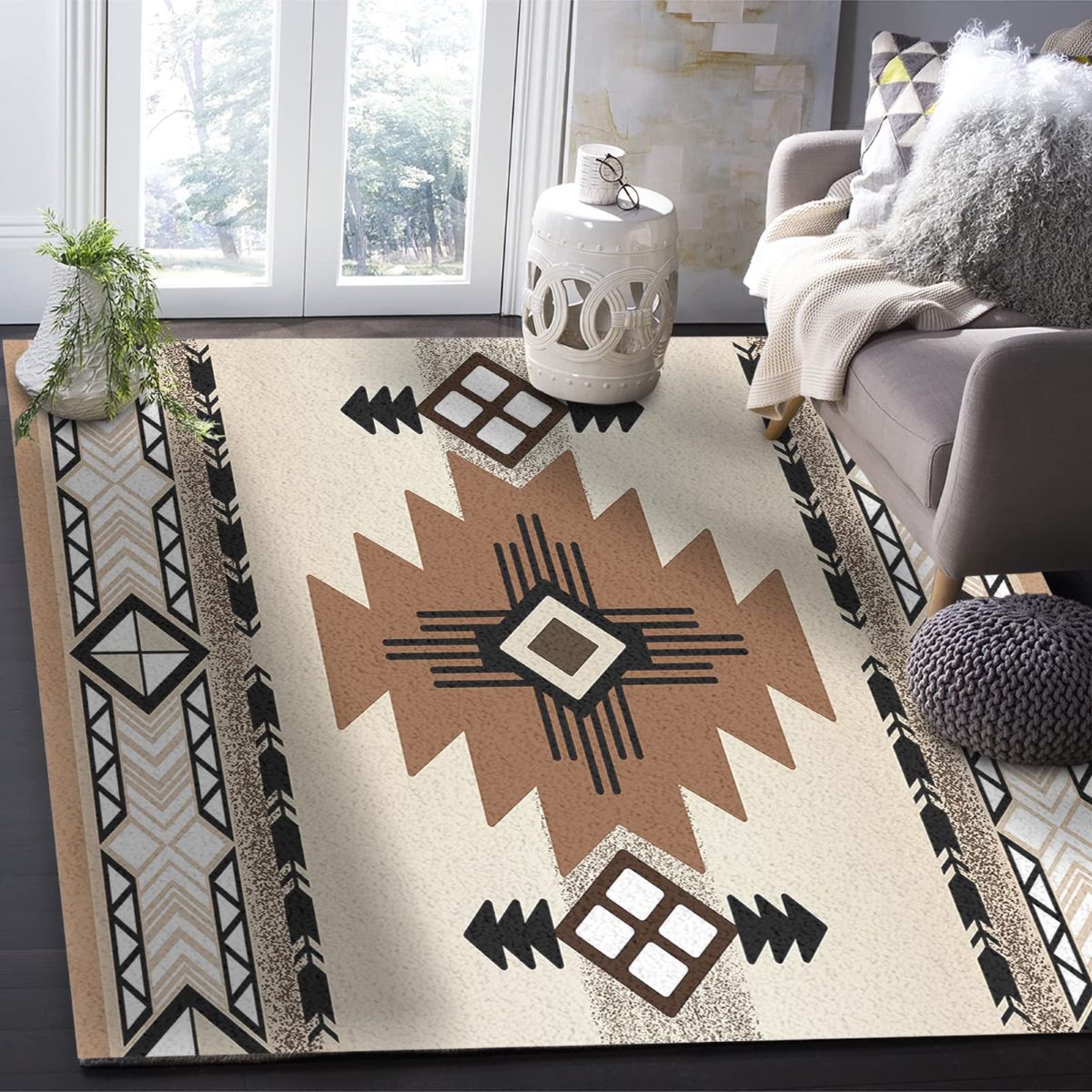

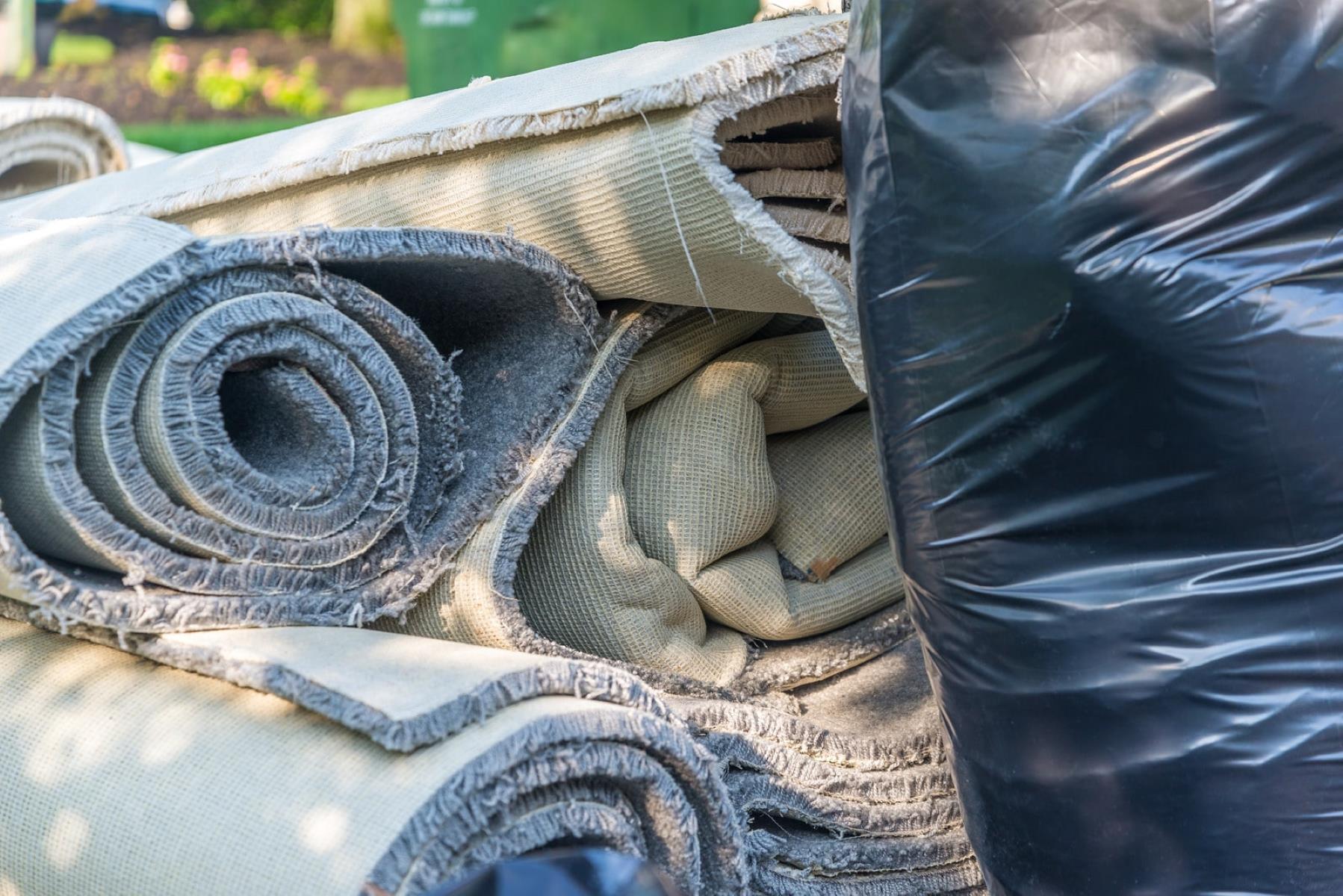
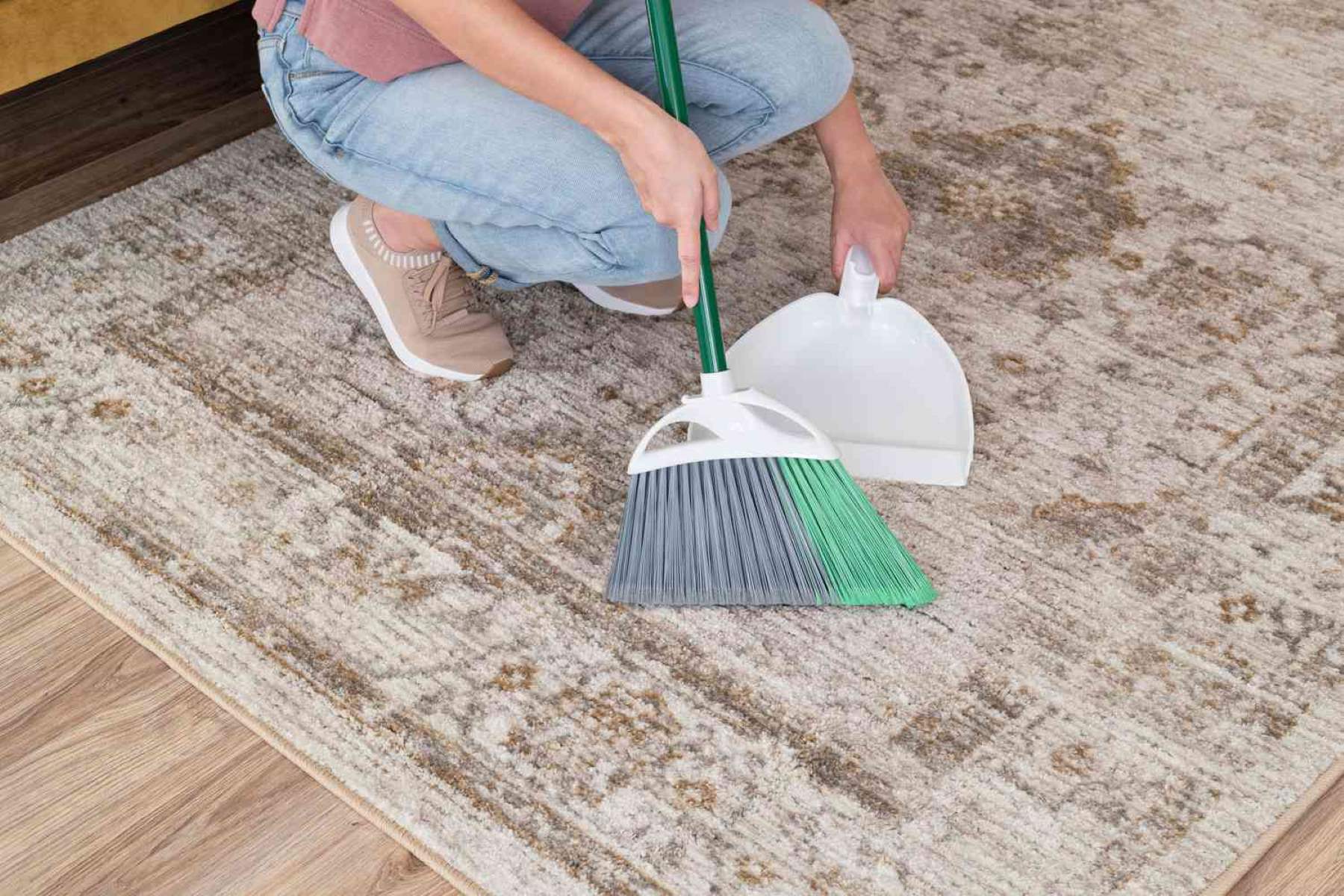

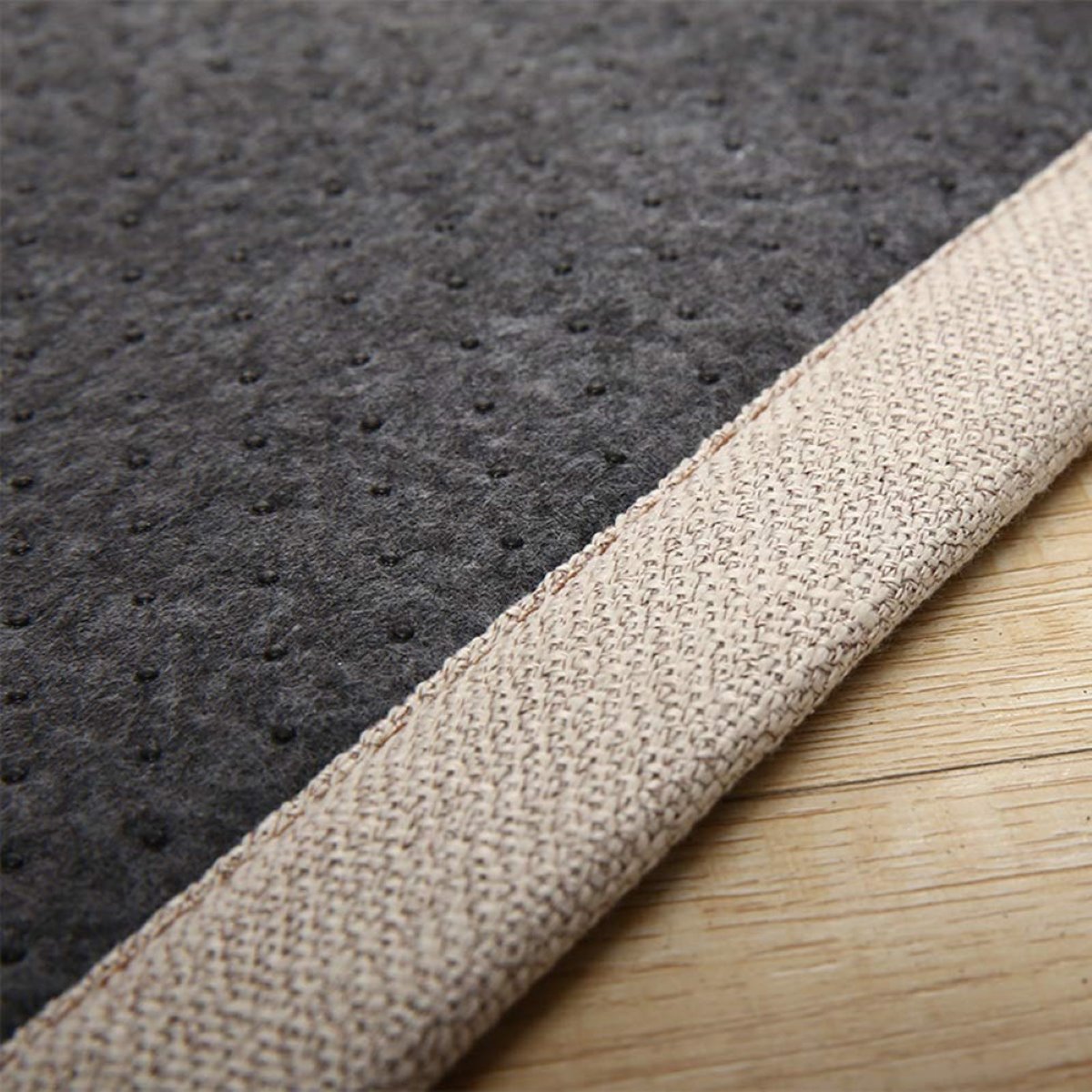

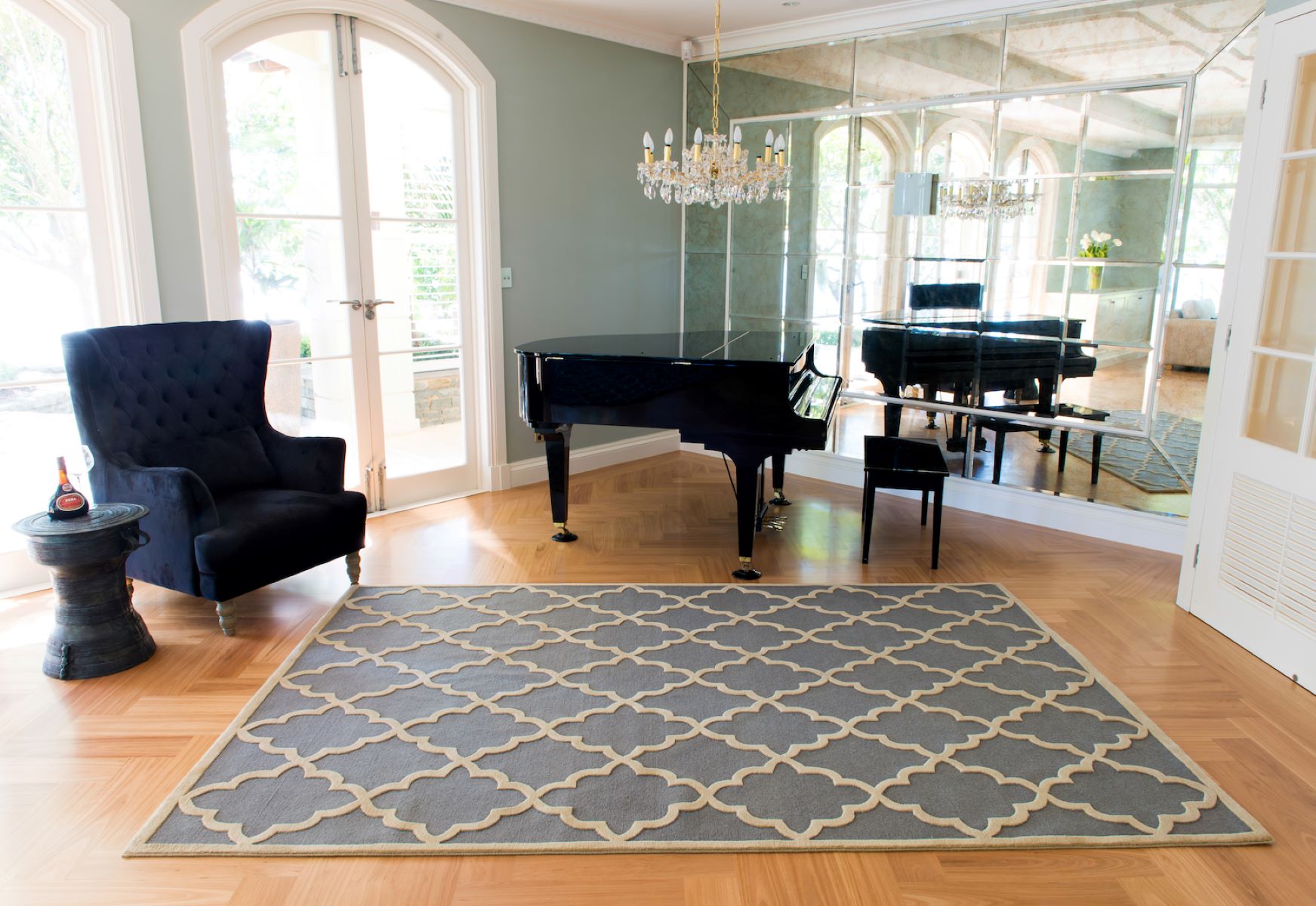
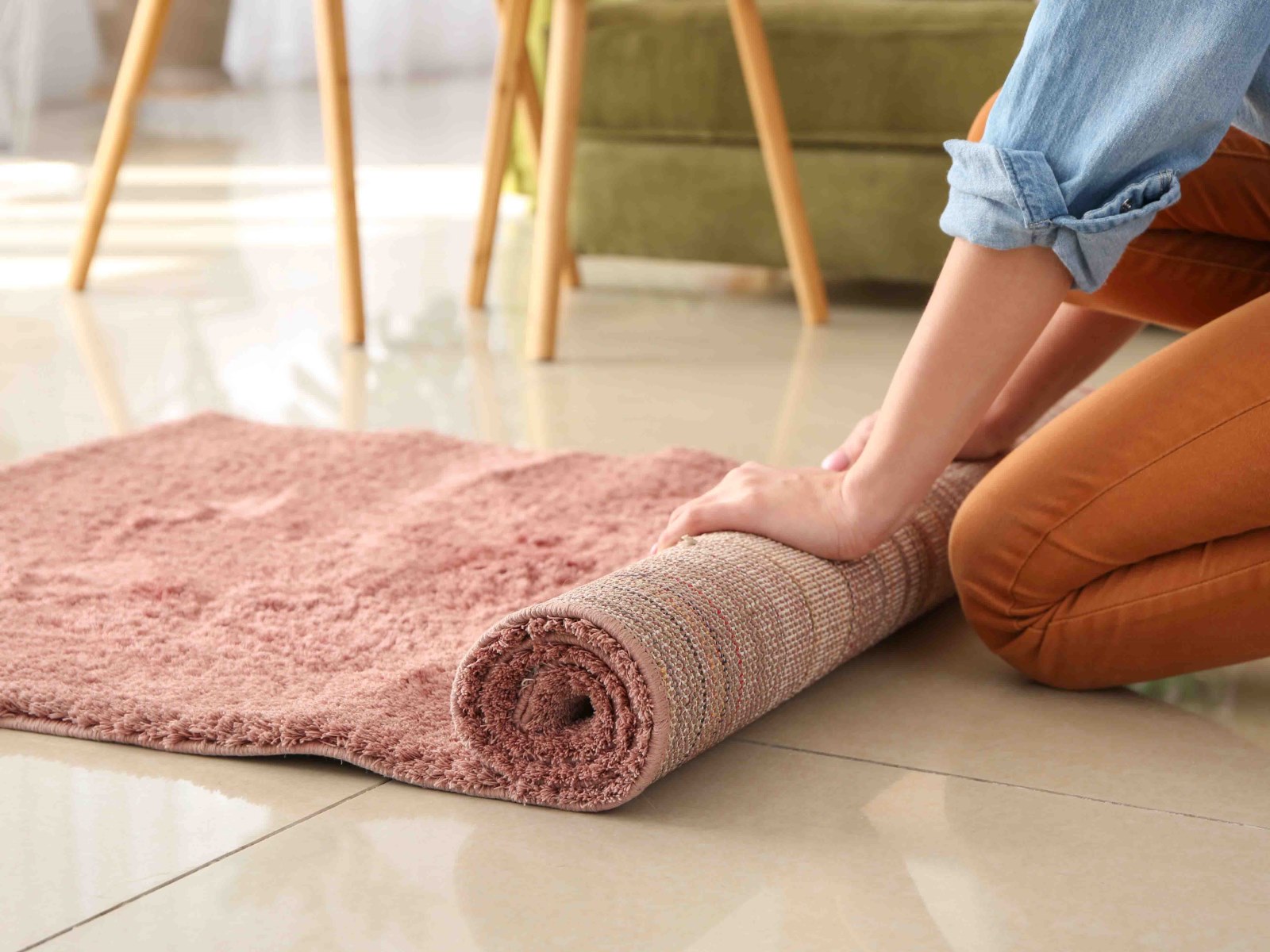
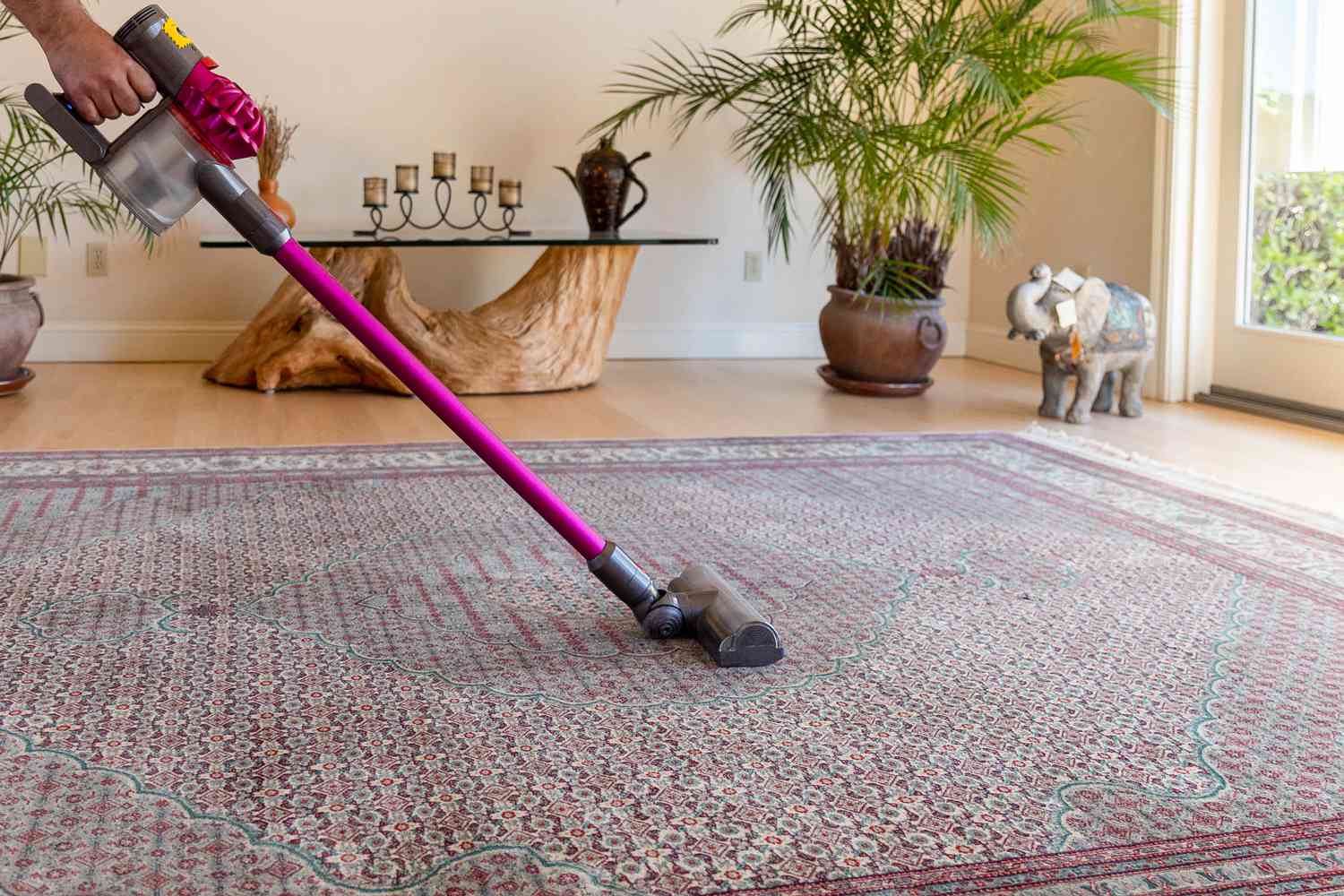
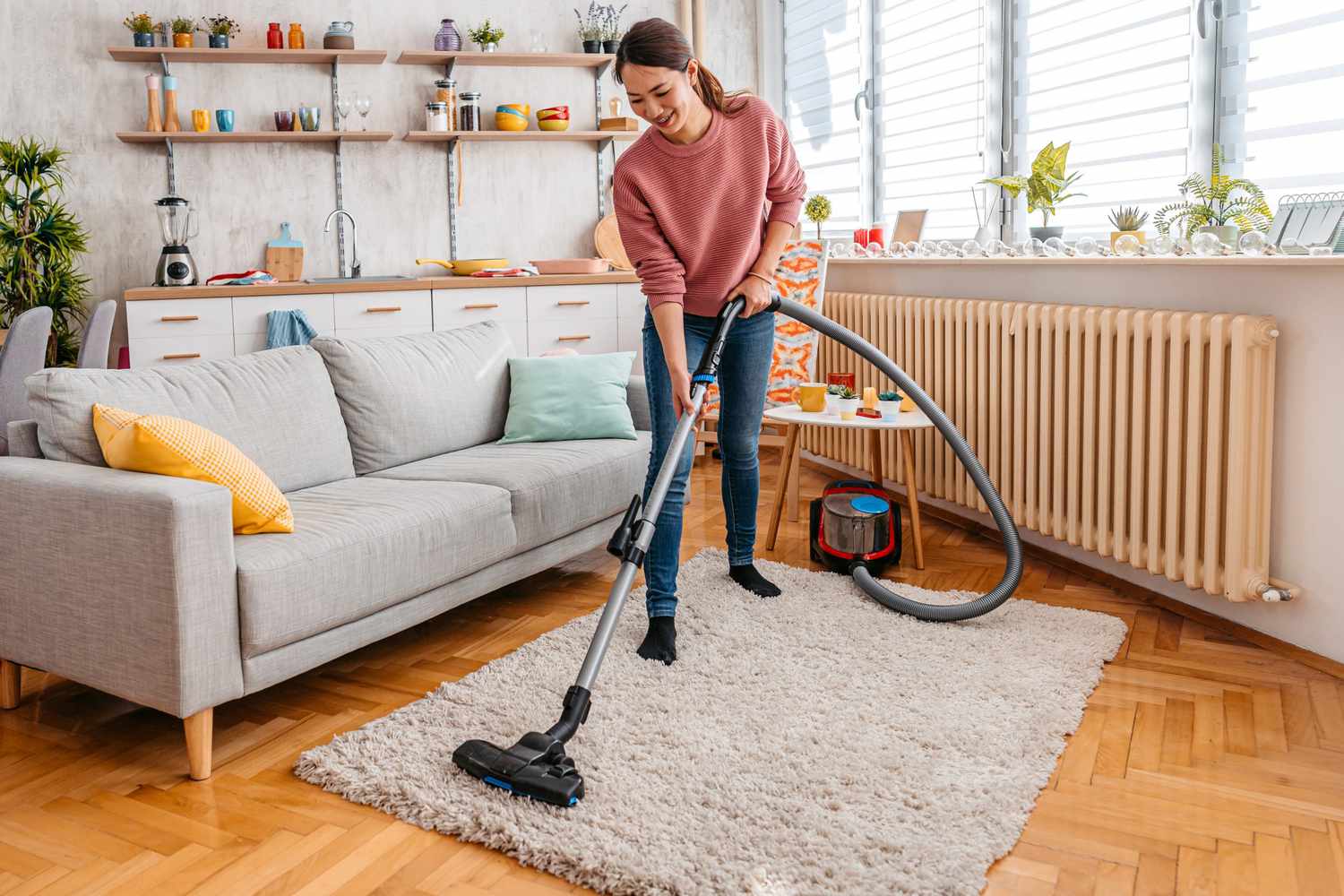
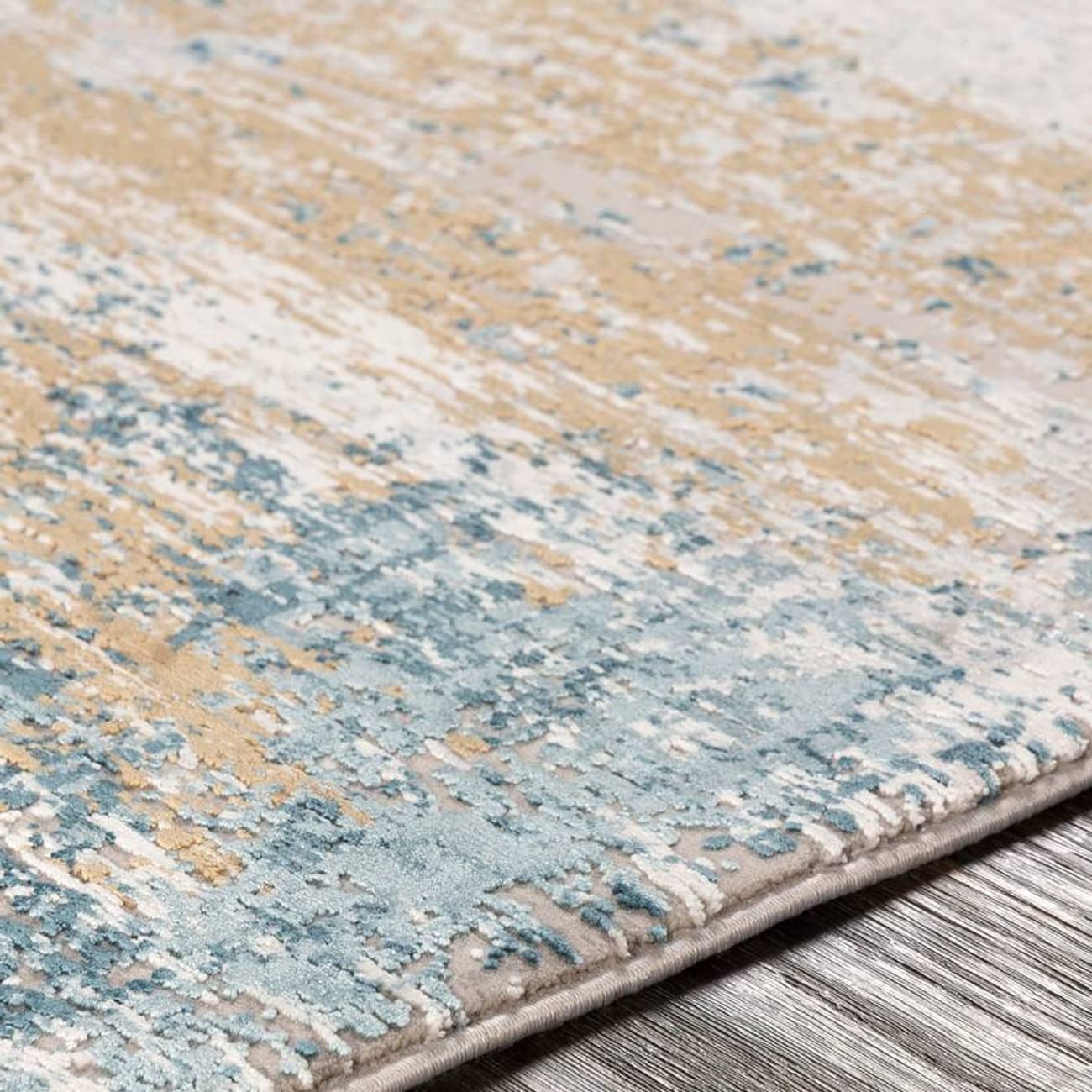
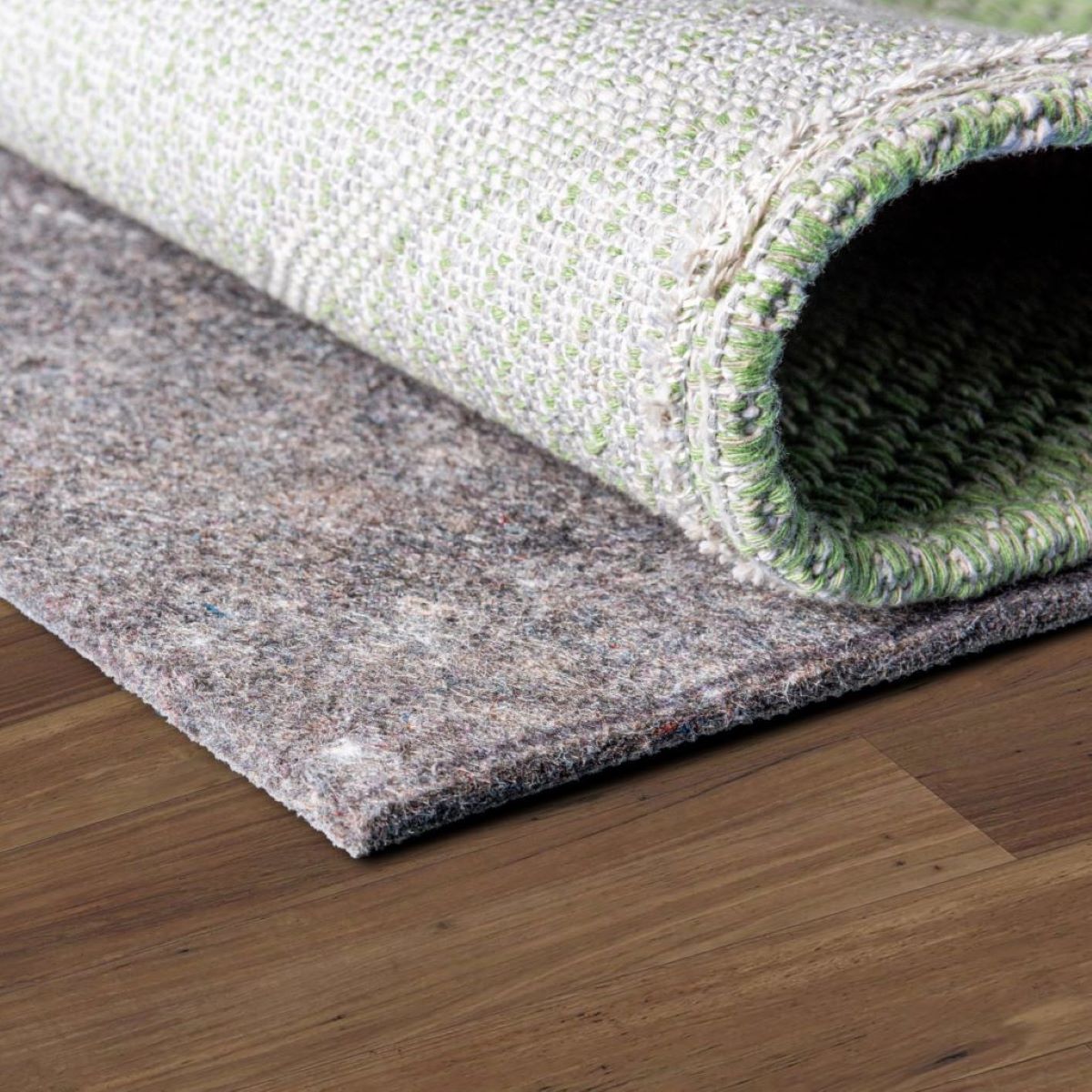

0 thoughts on “How To Store Area Rugs”